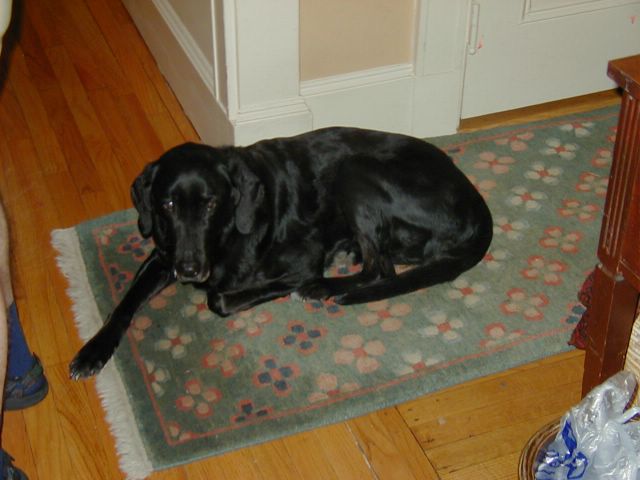JH's Comments on the May 25 Classes
To Both Groups: I thought that each group did a good job and I think that we all learned a lot from watching your lessons today. I was very happy with your efforts and I think that your students really enjoyed your classes. Excellent work!
Here are some comments I had on your classes:
Group 1: “Is this/that a ~?”
Warm up:
When practicing “How are you”, ask a student who you think can answer the question easily before asking Naim-san. It will make it easier for him to answer the question and take some of the tension off him.
Review:
I thought that the review of "this" and "that" was clear.
Introduction of New Material:
- The transition from This is a ____ to Is this a ________ was smooth.
- Sometimes confirming the meaning of a sentence in Japanese is a good idea. Especially if the class size is large and you have students of mixed abilities.
Practice
- Some more objects besides a ball and ganchan would have been nice.
- Bear or Toshi, when organizing the pair practice you should demonstrate and not explain.
- Could you have made the practice more realistic? For example, a student closes his eyes and is handed an object by his partner. He has to guess what the object it without opening his eyes. “He asks is this is a~?” For “Is that ?” A partner can hand the object to the student, then take the object back and put it behind his textbook. The student who felt the object can then ask “Is that a ~”.
New Words
- For pronunciation practice it is a good idea to have the students say the words as a group and then have individual students say the words. If a students knows that she might be called on it will make her more motivated to do the group work.
- I like how you used the key sentences along with the new words.
Consolidation
Perhaps some kind of writing activity at the end would have been nice. I think that it is important to test students knowledge by giving them a simple dictation. For example, you can say, "Please write the following sentence: 'Is that a park?' ".
Group 2: “What do you have for breakfast?”
Warm up:
I thought the idea of brainstorming was good. However, I think you should have written the food that people said on the board because it would have helped them answer the “What do you have for breakfast?” question a little easier. Also, you should say a few foods first yourself and write them on the board before asking the other students. You can also draw pictures next to the words. It will help learners who do not know the names of very much food in the”Do you have ~ for breakfast ?/ What do you have for breakfast?” practice.
Review
Do you have ~ for breakfast? – What do you have for breakfast transition was smooth.
Introduction of the New Material
- I think that learners needed to practice the “What do you have for breakfast?” phrase a little more.
- I think the pace should have been faster, there were some periods of silence.
- You can write what do you have for breakfast lunch and dinner on the board like this:
What do you have for breakfast? (7:00 AM)
lunch? (12:00 PM)
dinner? (6:00 PM)
- One fun way to get students to practice the phrase instead of calling on individual students is “criss-cross”.
- Another interesting way is bizz-buzz
- Demonstrate “What do you have for breakfast. I have ______. How about you?” with each other before asking a student to ask the question.
- As with the first group, I think it is ok to briefly confirm the meaning in Japanese. In a junior high school classroom there are a lot of students and a little time to study English. You need to be as efficient as possible and the use of the first language at appropriate times can make the class more efficient. Overuse of the first language, however, is counterproductive.
Practice
- I thought that RIP and Leo did a good job demonstrating how to do the activity. Remember in foreign language teacher it is best to “show” how to do something rather than “tell” how to do something. Long explanations can confuse the learners.
- Also, maybe some kind of writing practice such as filling in the blanks would have been good to help learners remember the spelling of the words.
Reading
I think perhaps reading the text from the textbook once all together would have been nice for a review and to practice the pronunciation.
Consolidation
- I thought your recap and what you learned for the day was good.


0 Comments:
Post a Comment
<< Home